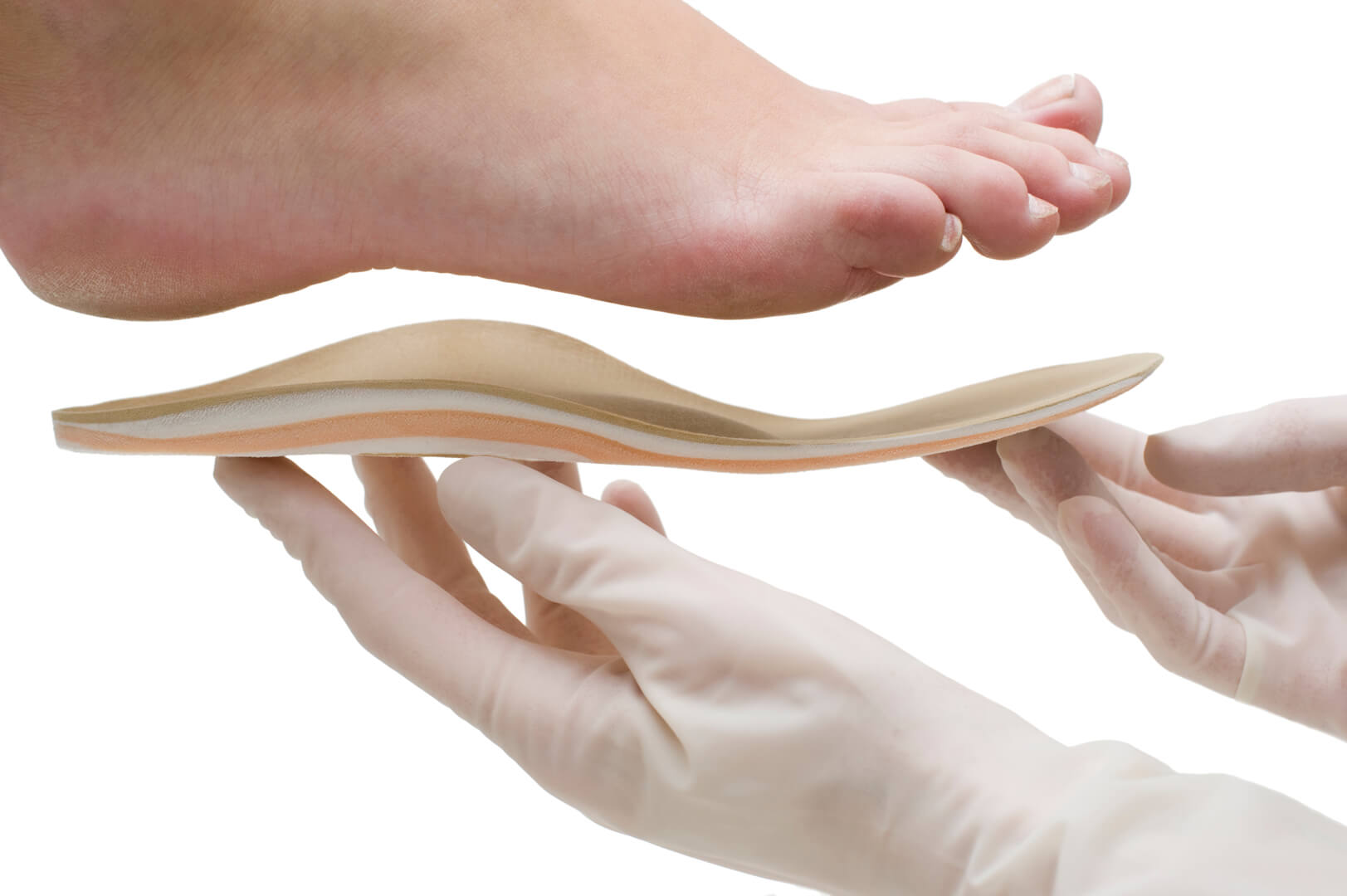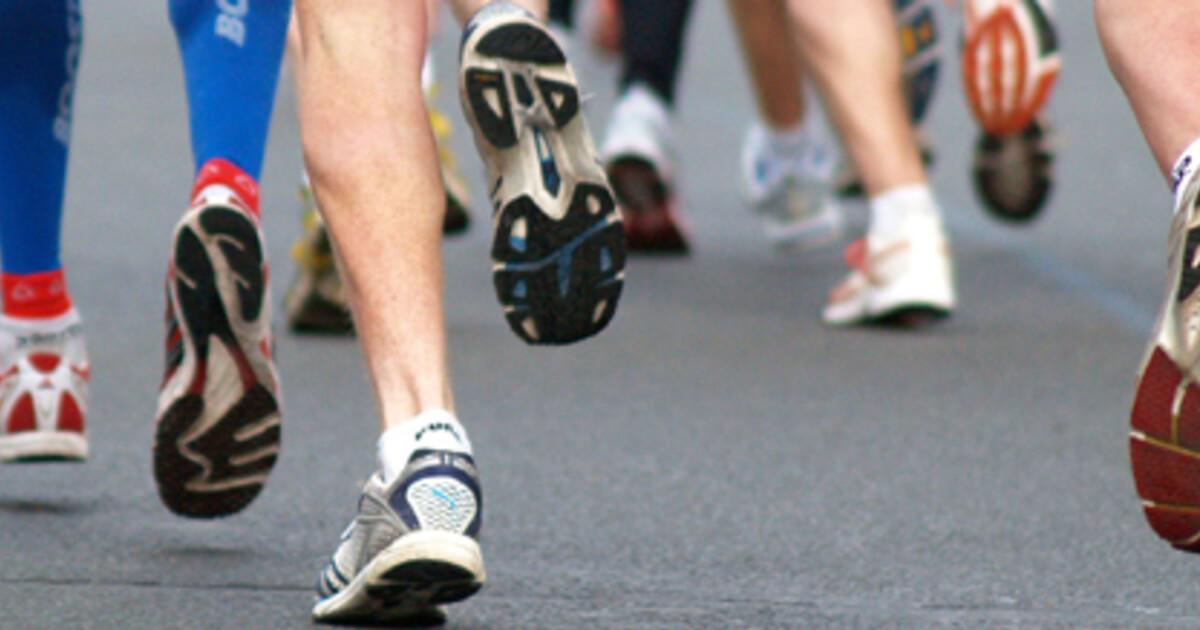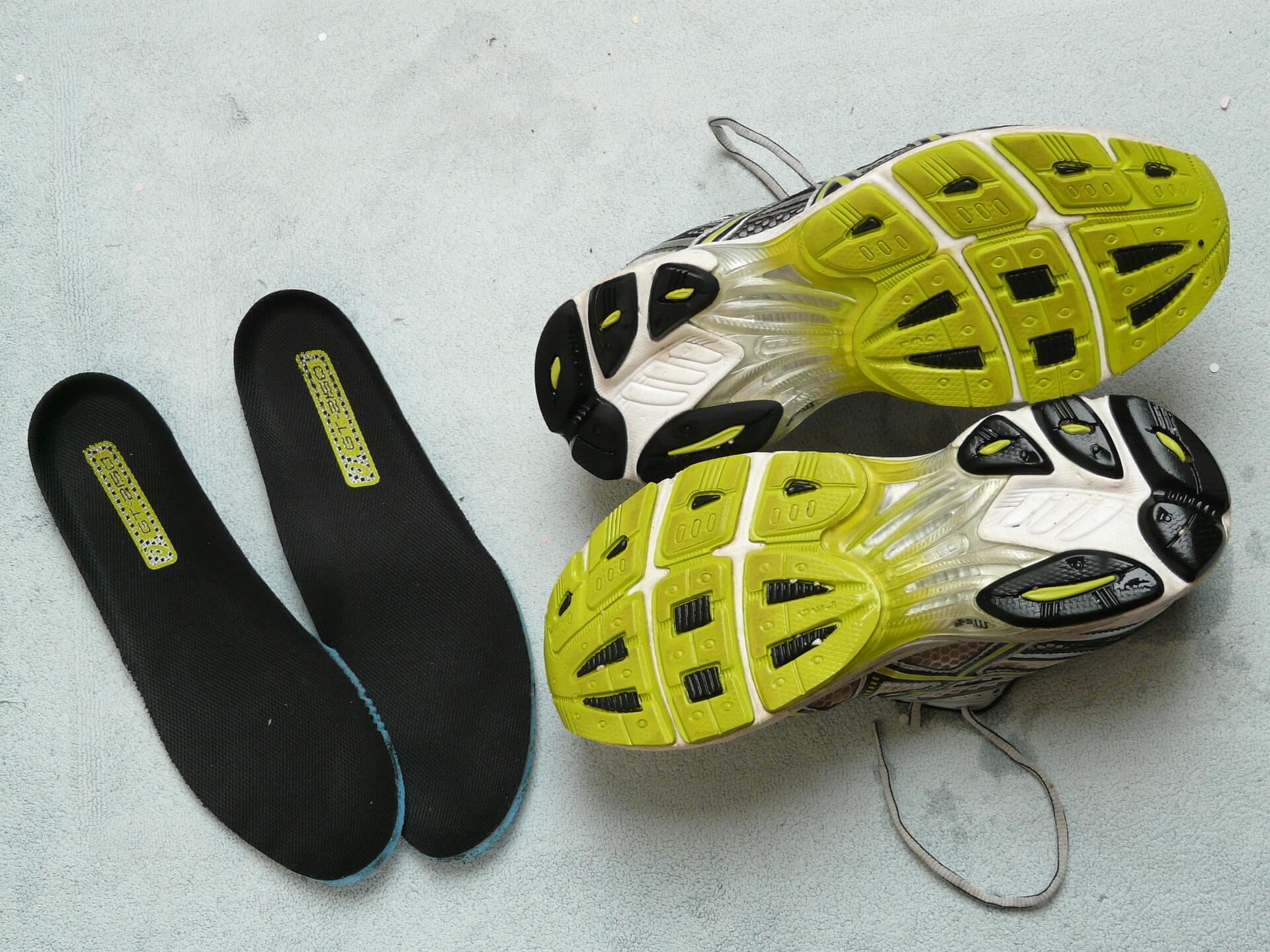Do You Really Need Insoles?

Runners, like most athletes, have a pretty big selection of gear available to them. There’s specialty clothing, wearable technology, and tons of other little accessories that all claim to be absolutely vital to your athletic performance. Among this vast array of equipment, though, is the humble insole. These shoe inserts – which range wildly in price and design – are all generally intended to increase comfort and prevent injury by solving certain issues with your running form.
The major question, however, is whether or not these products are actually necessary. Do you really need insoles? What benefits can they offer? Which ones should you use?
Why They’re Recommended
The first thing to understand in any discussion on the proper use of insoles is why they end up in runners’ shoes to begin with. As mentioned, insoles are devices which are inserted into the shoe to correct specific problems with your running form. They also provide cushioning and enhance the comfort of your shoes.
Typically, insoles are used to treat overpronation – a type of bad form wherein your ankle turns too far inward when your foot hits the ground. Insoles can also be recommended for individuals with flat feet or who generally struggle with chronic pain in their feet and lower legs.

Occasionally, runners also start using insoles in hopes that these additions to their arsenal of gear could improve their performance and energy efficiency.
It’s important to point out that the idea to start using insoles does not always come from a podiatrist or qualified professional. Often, runners are told that they overpronate or have some other issue that can be solved with insoles by salespeople in a specialty running store after a gait analysis. This is usually consists of the salesperson watching your feet carefully as you run on a treadmill. The training and qualifications of these salespeople will depend one the store that you visit.
What The Science Says
So, do insoles actually do what everyone seems to believe? Maybe.
But there are some serious problems with the mythology surrounding insoles. First, there is some confusion regarding what constitutes overpronation. Many runners naturally pronate – or turn their ankles – beyond what is considered “normal.” And, often, these runners do not experience any negative effects. In fact, most of the accepted standards of pronation commonly used in gait assessments are based on research conducted in the 1970s.

Modern findings, however, tend to contradict these more traditional ideas. According to recent research, the degree of injury-free pronation depends entirely on the runner. There is no accepted standard for a “safe” degree of pronation.
Of course, this isn’t to say that overpronation is a complete fabrication or to suggest that insoles are useless. Insoles can, in fact, help to correct overpronation and compensate for flat feet. If you deal with pain or injuries caused by these problems, insoles can absolutely help. But, if you’ve been diagnosed with overpronation and experience no ill effects, you can most likely keep running as you have been.
So what about the idea that insoles can improve your performance? Simply put, there is no science to back up that claim.

If You Do Need Insoles
With that out of the way, how should you go about selecting insoles if you genuinely do need them? The two major deciding factors are budget and comfort.
The price of insoles can vary greatly depending on the brand and overall build quality. Since runners tend to put their shoes under an above-average amount of stress, you’re going to need a durable pair of insoles. Still, keep in mind that your insoles will likely wear out before your shoes do and you may need to replace them every few months. Budget accordingly.
Similarly, you’re going to spend a lot of time on these insoles so it’s important that they be comfortable. Granted, corrective insoles may take some getting used to. After all, you are literally retraining your gait and, in some cases, effectively adjusting the very shape of your feet. That’s not going to be a pleasant process. If you do start wearing insoles, then, it’s usually recommended that you only use them for a few hours each day until your feet acclimate.

Another factor that is very important for runners to consider when shopping for insoles is fit. While most insoles are designed to be cut so that they fit properly in your shoes, others have a more “universal” shape and can simply be tossed into any shoe. As you might expect, the universal insoles tend to cost a bit more. If you only plan on using that particular pair of insoles in your running shoes, though, you can get away with cutting them to fit. If you want a pair of insoles that can follow you from shoe to shoe, however, you’ll have to abstain from cutting.
Read also about personalized running shoes.
Really, then, insoles are a highly personal item. And that includes both what type you buy and whether you use them at all. If you’re currently running with no insoles and not experiencing any problems, you can likely continue.
Sources
- , Do You Need Running Insoles?, Article
Latest Articles
 Is Running on a Treadmill Easier Than Running Outside?Runners have their own preferences, whether it is treadmill running, running outside on the road, or exploring trails. So...
Is Running on a Treadmill Easier Than Running Outside?Runners have their own preferences, whether it is treadmill running, running outside on the road, or exploring trails. So... Is It OK to Use Trail Running Shoes on the Road?While trail running shoes can be used on roads, especially in situations where a runner encounters mixed terrains or pref...
Is It OK to Use Trail Running Shoes on the Road?While trail running shoes can be used on roads, especially in situations where a runner encounters mixed terrains or pref... How to Fix Sore Quads After Running?Rest, ice, gentle stretching, and over-the-counter pain relievers can help soothe sore quads after running. Also, ensure ...
How to Fix Sore Quads After Running?Rest, ice, gentle stretching, and over-the-counter pain relievers can help soothe sore quads after running. Also, ensure ... 10 Fruits With The Most Electrolytes to Replace Sports DrinksThese fruits are high in electrolytes such as potassium, magnesium, and calcium, essential for hydration, muscle function...
10 Fruits With The Most Electrolytes to Replace Sports DrinksThese fruits are high in electrolytes such as potassium, magnesium, and calcium, essential for hydration, muscle function...

